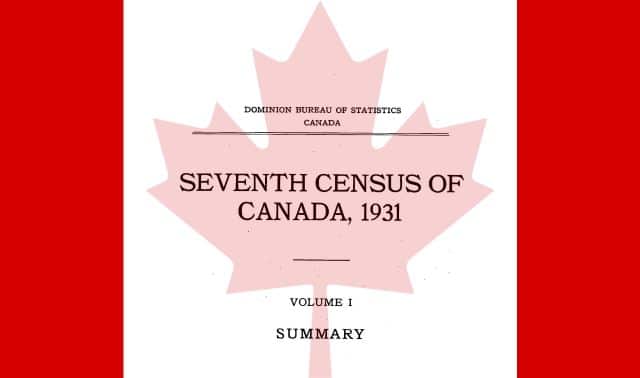Sign up for the Family Tree Newsletter Plus, you’ll receive our 10 Essential Genealogy Research Forms PDF as a special thank you!
Get Your Free Genealogy Forms
"*" indicates required fields
Q. I think my father, Gust Klug, came through Canada to the United States, but I don’t know what year. He was in World War I at Camp Custer in Michigan, and I think he was discharged from the Army there in 1919. I’d like to learn his birthplace and when he came to the United States.
A. The US began keeping track of border crossers from Canada in 1895, when almost half of immigrants to Canada went on to the United States. These entry lists are sometimes called “St. Albans lists” because they were stored in St. Albans, Vt. Look for them on subscription site Ancestry.com, with an index on the free FamilySearch.org. You can access them on microfilm through the Family History Library; you can rent the film through your local FamilySearch Center. Large public libraries also may have these lists on microfilm.
Search for spelling variations, too, such as Gustav and Kluge. Once you have some candidates, look at family members and compare the information with other records to confirm you’ve found your dad.
If your father was in the United States by 1917, he may have filled out a draft registration card. Search these cards on Ancestry.com and FamilySearch.org, or see the National Archives website for more information. Chances are your dad’s WWI service records were among those destroyed by fire at the National Personnel Records Center in St. Louis. It’s worth looking into, though; get ordering instructions here. Also check with his county courthouse to see whether he filed his discharge papers there.
ADVERTISEMENT



